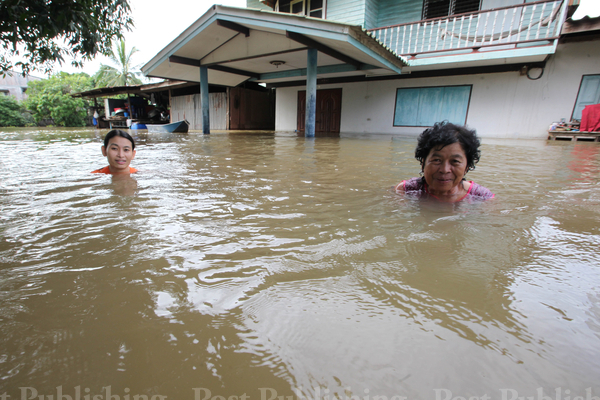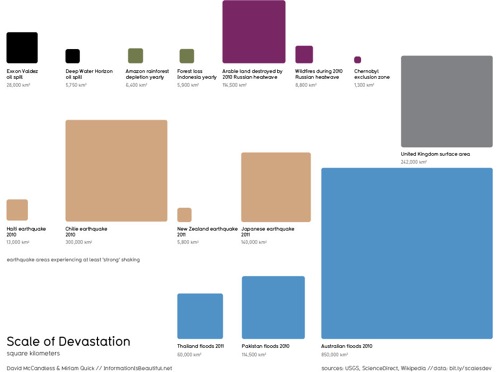
With tropical storm Wutip bringing downpours to Thailand, are we likely to face massive 2011– style floods all over again?
It’s not looking that way.
The AP puts things in perspective:
Thai authorities said Tuesday that floods have killed more than 20 people and affected areas across the country over the past two weeks, though experts say there doesn’t appear to be the risk of devastation seen in record floods two years ago.
Thirty-two out of 77 provinces have seen flooding since mid-September and 23 people have been killed, the Disaster Prevention and Mitigation Department said in its report, adding that 25 provinces still have flooding.
“Thanks to the dredging of the canals and the weather, at this point there is nothing to panic about,” Bangkok Gov. Sukhumbhand Paripatra tweeted Monday night. “Currently the water level in the Chao Phraya River is still low, so there’s nothing to worry.”
And as Bangkok Pundit noted in a characteristically comprehensive post last week, a crucial issue in 2011 was not just massive downpours, but high water levels in dams:
The risk at the moment is flash floods from heavy rainfall as we have seen in Prachinburi- which is expected to continue over the next week – but this completely different from what we experienced in 2011 where we had heavy rainfall and large discharges of water from the dams. We will continue to have discharges of water, but don’t panic over small dams. Watch the rainfall though as if it continues we will have more flooding – more like 2010 – but still not enough rain to see anything like the 2011 floods.
Even in the apparently unlikely event of wide-scale indentations, however, one concern is the status of the government’s flood defense projects.
The WSJ‘s Southeast Asia Real Time said last week:
Since the 2011 flood, which the World Bank estimated to have cost Thailand about $45.7 billion in economic damages and losses, Ms. Yingluck’s government has launched an $11 billion effort to improve Thailand’s flood defenses as it scrambled to reassure anxious investors.
However, the government’s floods control projects have been met with legal delays and protests. A court in June ordered Ms. Yingluck’s administration to conduct an environment and health impact assessment before it can proceed with the projects, which include constructions of dams, reservoirs and a flood prevention command center. The government recently filed an appeal.
The upshot, though is this: Don’t assume we’re in for floods like we saw two years ago.
(Image: Bangkok Post.)

